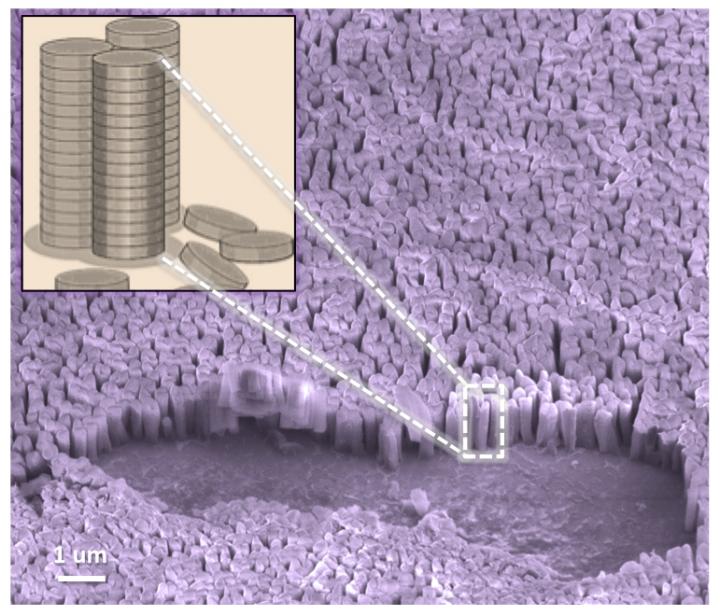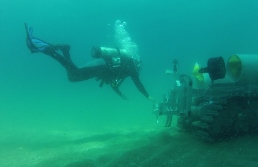Podcast: Play in new window
BOB HIRSHON (host):

Solar secrets from blades of grass. I’m Bob Hirshon and this is Science Update.
Blades of grass carpeting a lawn comprise a super-efficient solar collecting system, with lots of light-gathering surface area. U. Mass, Amherst polymer chemist Alejandro Briseno and his team have created tiny solar electric cells in the form of organic nanopillars that mimic the grass blades. He says each nanopillar is a single crystal grown on a carbon scaffold.
ALEJANDRO BRISENO (University of Massachusetts, Amherst):
And so we’ve been able to essentially train these molecules to stack into coins to form these single crystal pillars.
HIRSHON:
In the journal Nano Letters, Briseno and his colleagues report using a variety of different materials to create solar cells with different attributes. While not as efficient and durable as silicon solar cells, he says the organic nanopillars will be as cheap to make as plastic, and could be used in low cost sensors, toys, patches and stickers. I’m Bob Hirshon, for AAAS, the science society.

